eLearning Gamification: How to Implement Gamification in Your Learning Strategy
eLearningMind
AUGUST 29, 2021
Brains love to multitask, but multitasking can hurt training efforts. Games direct attention to one task at a time, which increases focus and reduces the cognitive load on the brain. . The post eLearning Gamification: How to Implement Gamification in Your Learning Strategy appeared first on ELM Learning.

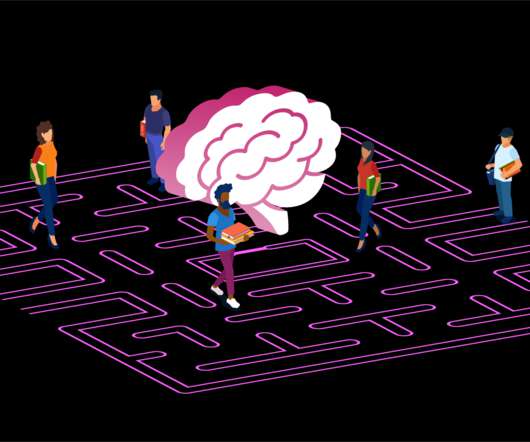
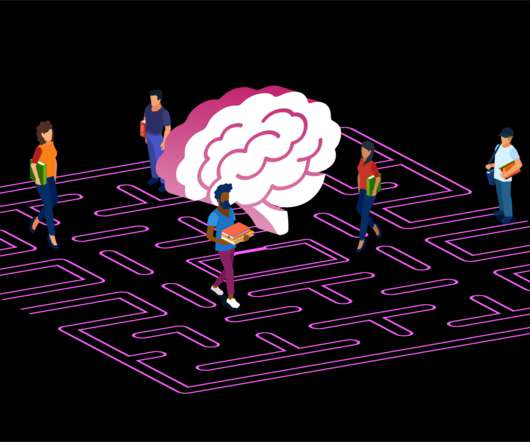



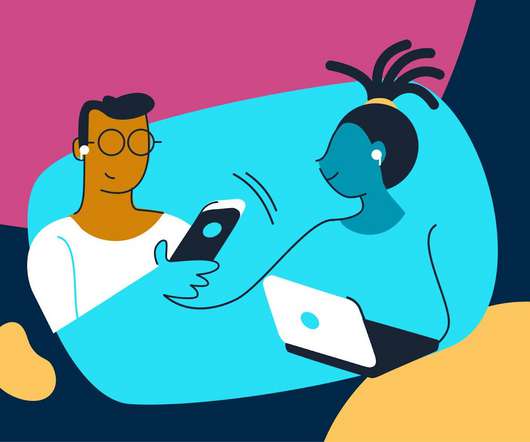









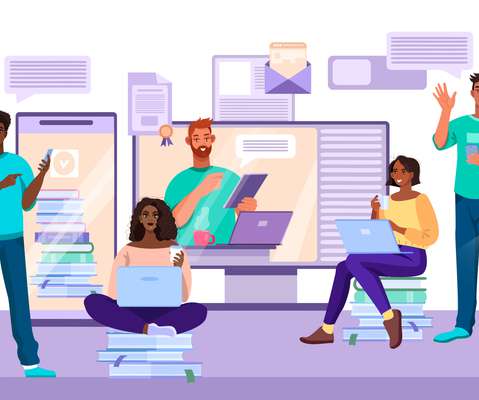


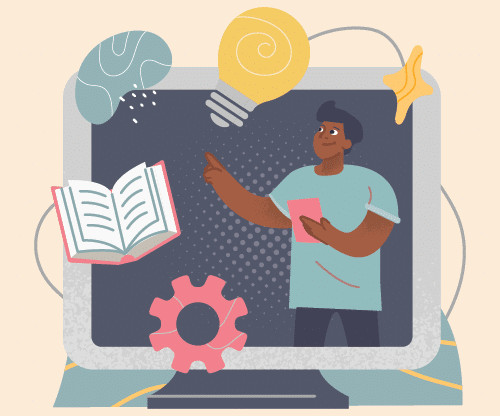














Let's personalize your content